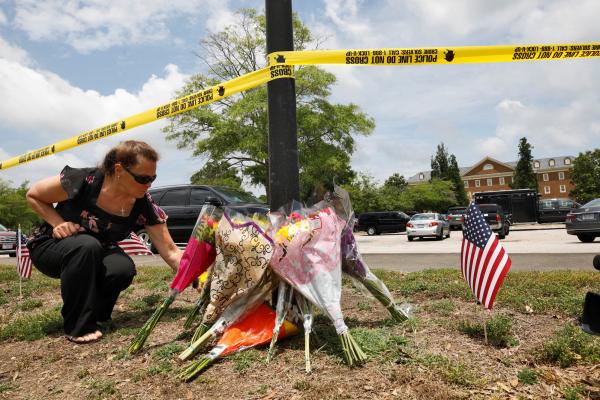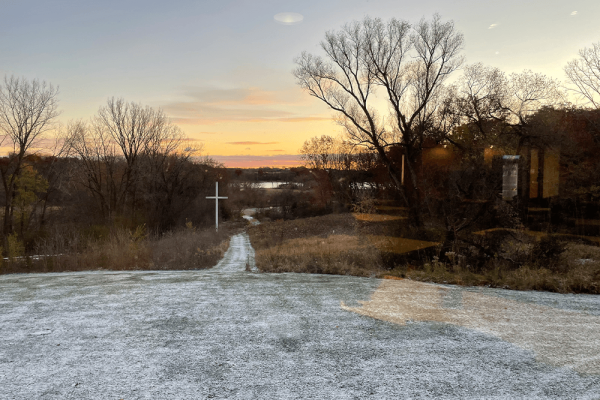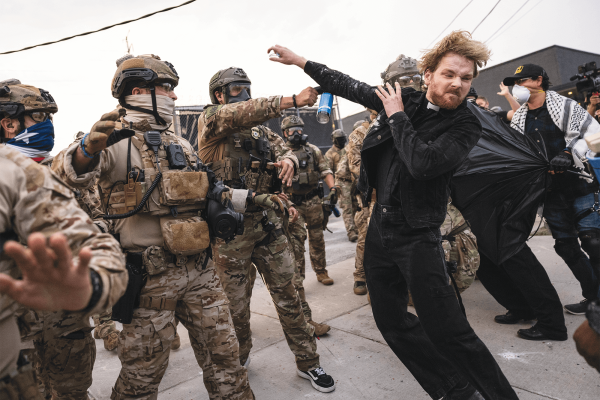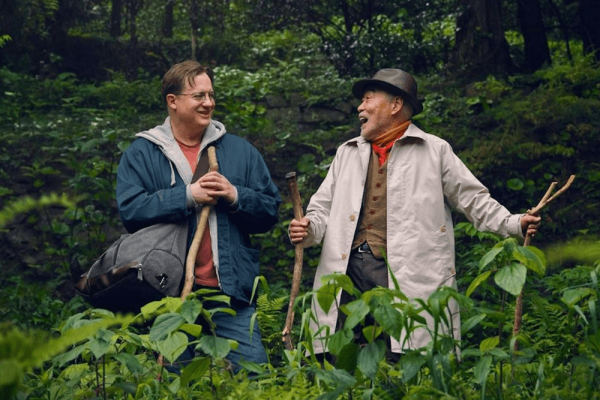The news on Friday was devastating: There had been yet another mass shooting, this time in Virginia Beach, and 12 people were killed. Many of us had the same painful reactions of grief for the families, fear that this could happen to someone I love one day, anger at the gun manufacturers whose influence through the NRA makes them complicit in both the mass shootings and the daily epidemic of gun violence. As a parent, I’m heartsick and angry that our society now traumatizes even our youngest children by making them do active shooter drills at school. I’ve written about all of this many times before given the terrifying frequency of mass and daily shootings in the U.S. and the scale of the overall gun violence epidemic.
While many of you could probably recite them given the constant drum of the news, I think it’s important to consider these facts:
- Every day, 100 Americans are killed with guns and hundreds more are shot and injured.
- Fifty-eight percent of American adults or someone they care for have experienced gun violence in their lifetime.
- Nearly 1 million women alive today have been shot or shot at by an intimate partner.
- Firearms are the second leading cause of death for American children and teens and the first leading cause of death for black children and teens.
But even in the wake of another of tragedy like we saw at Virginia Beach, there’s another message worth spreading: Over the long term, the movement to create a country with more sensible gun laws — and therefore fewer gun deaths — is undeniably on the path to success. Check out Moms Demand Action’s chronological list of “victories” starting in 2012.
Since the Parkland massacre in February 2018, gun safety legislation has been introduced and passed in many states for the first time in many years. Legislators at the state level and in Congress across the country, including some in swing districts, included support for stronger gun safety legislation in their 2018 campaigns, and many of them won their races. The National Rifle Association, which has long projected an image of invincibility, is reeling from revelations of financial mismanagement and internal power struggles. The utter financial, political, and moral corruption of the NRA is steadily coming to light.
Rep. Lucy McBath (D-Ga.) — whose son, Jordan Davis, was murdered in a racist gun death — was elected in 2018 in a swing district after campaigning unapologetically on gun safety. A piece in The New Yorker summed it up by saying, “The plague of gun violence and the intransigence of the gun lobby in the face of it have often seemed like an unbreakable stalemate. But McBath’s election is a small, sure sign of hope.”
McBath, a longtime friend of Sojourners, literally embodies hope. When we asked her where she sees signs of hope, she told us:
Gun violence has come into places of worship – the very places that are meant to provide solace and safety. This is not normal, and we cannot allow this to become the new normal. The American people are calling for change. I’m encouraged that faith leaders, advocates, survivors, and lawmakers are coming together for responsible, sensible policies to prevent gun violence.
McBath’s election was not the only place we saw glimmers of hope for sensible gun policy. As Mother Jones reported after Election Day 2018, “When the counting is done, more than 30 GOP-held seats will have fallen to Democratic challengers, nearly all of whom have voiced support for stricter firearms laws.”
How did we get here? First, I think it’s impossible to tell the story of this movement’s progress without looking at the impact of Sandy Hook where 20 6- and 7-year-old elementary school children and six adults were murdered. An oft-circulated 2015 tweet from political pundit Dan Hodges lamented, “In retrospect Sandy Hook marked the end of the US gun control debate. Once America decided killing children was bearable, it was over.”
But in many ways the reverse is true. Many parents of children lost at Sandy Hook rose up and came together with other gun violence victims’ fathers and mothers — and have dedicated the rest of their lives to the gun safety movement — precisely because Sandy Hook was unbearable to them. The enormous traction, energy, and funding they’ve gotten to expand that work and make steady progress is due in no small part to the fact that the senseless killing of children has become unacceptable to a whole generation of parents. Other committed gun safety advocates have emerged as well, like former Congresswoman Gabby Giffords, who survived being shot in the head in January 2011; her husband, former astronaut Mark Kelly, is now running for Senate.
But it’s critically important to recognize that the increased passion and attention of mostly white parents happened after parents of color had already been pushing for many years, in many cases fruitlessly, for elected officials to address the epidemic of gun violence that happens every single day. I recall when pastor Michael McBride, now the Director of Faith in Action’s Live Free campaign, first came to Washington to plead for the Obama administration to take up the issue of gun violence and was told “no” at the White House, only to see that position reversed when Sandy Hook happened just days later.
The other dramatic development that shows we’re on the path to change is the youth movement that was catalyzed and led by the Parkland survivors. I’ve written before about the hope their dedication and hard work has given me, and more than a year later, they are not going anywhere. Young people have clearly decided the status quo is morally unacceptable to their generation. That is how change happens — when a new generation decides that what has been acceptable for a long time, no longer is.
The Sandy Hook parents and the Parkland students have each become critical linchpins to building a movement that is changing hearts and minds and, now, policy. They’ve instilled the necessary moral outrage, sense of urgency, and persistent commitment that movements always need.
The truth is that all movements for social change begin to succeed long before any high-profile national legislation is passed. The midcentury civil rights movement had done many years of serious work and struggle that was already changing the country’s narrative and direction, often at great personal risk and cost, well before President Lyndon B. Johnson signed the Civil Rights Act of 1964 and Voting Rights Act of 1965. The same is true with the suffrage movement. And, of course, it holds true for the long abolitionist movement to end the slave trade and chattel slavery. Remembering that historical reality, remembering that work and sustained struggle always precedes success, needs to help sustain us today.
I don’t believe that senseless, stupid, murderous gun violence will ultimately be accepted as normal. Rather, a new generation of parents, a new insistence for change from coming-of-age voters, and a new network of urban activists committed to making their neighborhoods safe for black and brown bodies will ultimately prevail. That must be our hope and our commitment.
Got something to say about what you're reading? We value your feedback!





